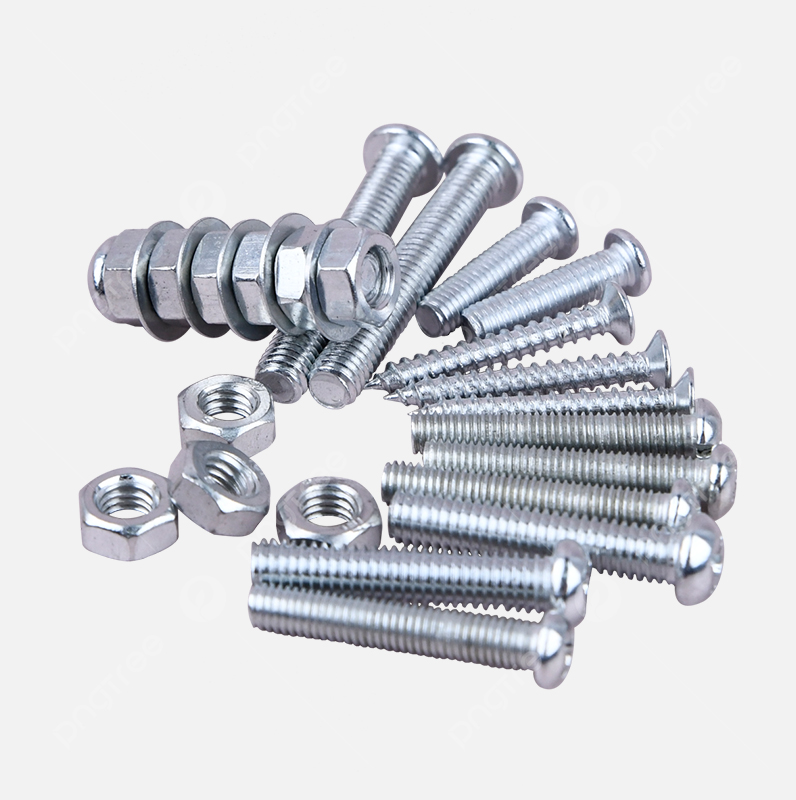Choosing the Right Tek Screws for Secure and Durable Roof Sheeting Installation
The Importance of Tek Screws in Roof Sheeting Applications
In the realm of construction and building, the materials and fasteners used play an instrumental role in ensuring the durability and integrity of structures. One such crucial component is the Tek screw, which is extensively utilized in roof sheeting applications. This article will delve into the features, advantages, and best practices regarding Tek screws, highlighting their vital role in roofing systems.
What are Tek Screws?
Tek screws, also known as self-drilling screws, are specialized fasteners designed for metal-to-metal or metal-to-wood connections. They possess a drill bit-like tip that allows them to penetrate materials without the need for pre-drilling a hole. This unique feature makes Tek screws particularly advantageous in the roofing industry, where speed and efficiency are paramount.
These screws are typically made from high-strength steel and are often coated with corrosion-resistant finishes to withstand harsh weather conditions. The coatings can range from galvanized zinc to specialized polymer finishes, ensuring long-lasting performance in various environmental conditions.
Advantages of Tek Screws in Roof Sheeting
1. Ease of Installation One of the standout features of Tek screws is their user-friendly design. The self-drilling capability significantly reduces installation time, allowing contractors to complete roofing projects more efficiently. This speed not only saves labor costs but also diminishes the overall time required to finish a project.
2. Strong Connections Tek screws provide a firm hold, which is critical for maintaining the structural integrity of a roof. Their high shear strength means they can withstand considerable loads, making them ideal for both residential and commercial roofing applications.
3. Versatility These screws come in various sizes and lengths, accommodating different roof sheet thicknesses. Whether using metal, fiberglass, or traditional asphalt shingles, there is a Tek screw suited for the task.
4. Weather Resistance With corrosion-resistant coatings, Tek screws are well-suited for outdoor applications. They can combat rust and degradation caused by exposure to elements like rain, snow, and UV rays, thus ensuring the longevity of the roof system.
tek screws for roof sheeting

5. Cost-Effectiveness Although the initial cost of Tek screws may be slightly higher than traditional fasteners, the long-term savings are notable. Their durability and resistance to rust mean less need for repairs and replacements over the lifespan of the roofing system.
Best Practices for Using Tek Screws
To maximize the benefits of Tek screws, a few best practices should be adhered to during installation
- Proper Selection It’s crucial to select the correct screw size and type based on the roofing material and thickness. Consult manufacturer guidelines to ensure consistency and reliability.
- Watch Torque Settings Over-torquing can lead to screw failure or damage to the roofing material. It's advisable to use a torque setting that provides a secure hold without compromising material integrity.
- Spacing Guidelines Follow spacing recommendations to ensure even load distribution across the roof. This practice helps prevent issues such as water pooling or material warping.
- Regular Inspection Once installed, periodic inspections should be conducted to check for any signs of wear, rust, or loosening. Early detection can mitigate potential problems down the line.
Conclusion
Tek screws play a fundamental role in roof sheeting applications, providing a reliable and efficient method for securing roofing materials. With their ease of installation, strong connections, and resistance to environmental factors, they stand out as a preferred choice for builders and contractors. By adhering to best practices, professionals can leverage the advantages of Tek screws, ensuring that roofs are not only functional but also durable for years to come.
-
Weatherproof Plastic Expansion Anchors for OutdoorخبرونهJun.06,2025
-
Sustainability in the Supply Chain: Eco-Friendly TEK Screws ProductionخبرونهJun.06,2025
-
Load-Bearing Capacity of External Insulation FixingsخبرونهJun.06,2025
-
Double Head Bolts: Enhancing Efficiency in Industrial MachineryخبرونهJun.06,2025
-
Corrosion Resistance in Chipboard Screws: Coatings for Wholesale DurabilityخبرونهJun.06,2025
-
Butterfly Toggle Bolts : Enhancing Structural ResilienceخبرونهJun.06,2025
